Not surprisingly, this all started when (perhaps jokingly) a clever colleague questioned, "Why don't you stack 'em up like a sub sandwich?" A merely mundane Monday morning quickly became a maniacal midnight mash-up for yours truly, mad scientist. A little planning and proving the power of this particular display was providential in the proceeding process.
Initially it was imperative to test the inconceivably incredible display's transparency. With only one unit working wonderfully well, nine more non-functioning displays were stacked on top, one by one. When at last the image at the bottom faded from view, the battle was won but the total number was ten.
Another astonishing achievement that empowered this futuristic artifact was the super speed of the SPI bus. Said bus, in coordination with ten tiny chip select lines, was capable of continually captivating the consciousness of the (possibly concerned) crowd in a blistering burst of brilliance.
Nevertheless, such an exceedingly embryonic idea would be irrefutably evanescent could an elegant software solution not be embraced. Since we can spy furthest standing upon the shoulders of cyclops, I silently sought a singular font of pseudocode. Upon applying Bresengham's arcane craft to an additional dimension, one artful enigma appeared.
Moral of the Story
So what's the take away from this experience? Several things:
- There's a very cool 3D graphics library for Arduino out there by M Rule that allows users to render STL files on a display. If you want to look further, you can also see the code as one of the examples for the transparent graphical OLED.
- SPI is a very nice protocol when you've gotta go fast. The symmetry is also pretty nice, as you can see from the stack of boards that all share MOSI, SCLK, D/C, VCC and GND. The only wire that couldn't be shared was the CS line, which I protected from the other layers with a smidgin of kapton tape.
- Drawing in 3D seems hard, right? Well it's actually easier (from a number-crunching perspective) than drawing something 3D on a 2D screen. When going to 2D, you also need to project your points and determine if there are any overlapping parts.
- If you like algorithms you should check out Bresenham's line algorith applied to 3D.
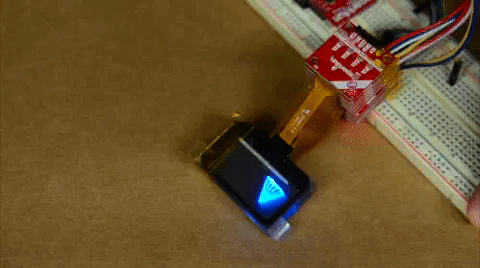
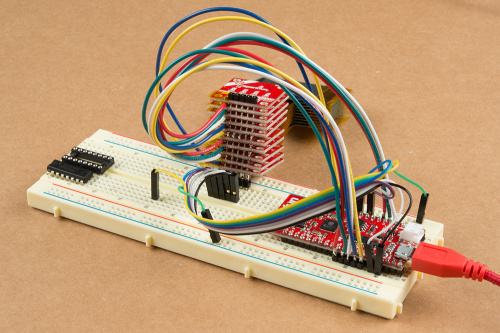
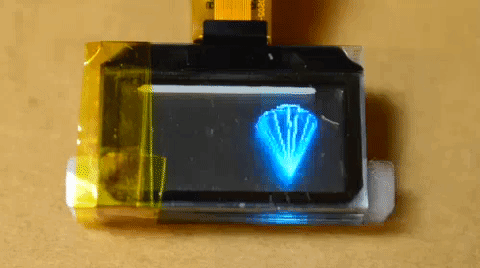
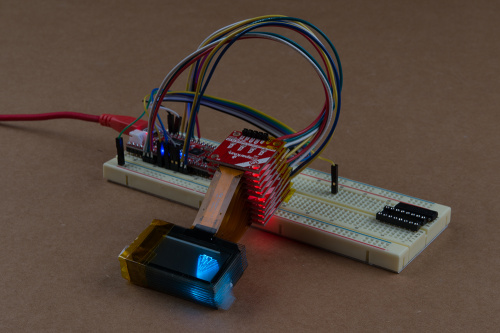
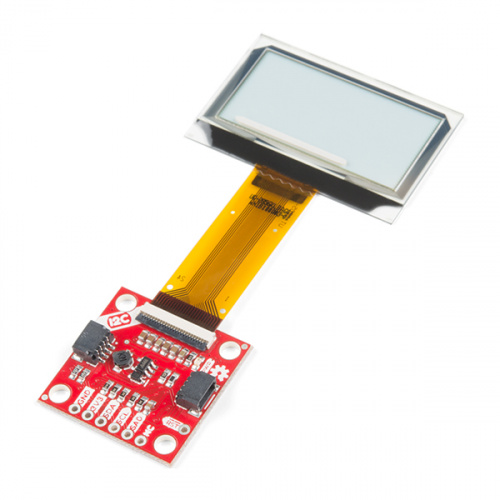






Hey Liquid soulder, Really cool idea. I would like to know how many layer do you need to have this 3D experience? It's possible to build one with less displays, let's say 4 or 5, and still see the 3D effect?
Hi, thanks! Yes, I think that you would be able to see a 3D effect with 2 or more displays. The trade-off for fewer displays is that there would be less depth (basically the thickness of each display times the number of displays) and less resolution in the z (depth) axis. You could probably still get a really cool effect, and perhaps try to use something like parallax as well!
Hi there, it sounds like you are looking for technical assistance. Please use the link in the banner above, to get started with posting a topic in our forums. Our technical support team will do their best to assist you.
That being said, if you count the number of PCBs stacked... there were 10 screens. You could use less, but you would loose the depth he had.
images are missing. 404 not found.
In the interest of not having to buy these in bulk to achieve a depth effect, could you also stand it up vertically, spin it real fast, and enter the elusive 3rd dimension by way of POV?
I anxiously await your accompanying alliterative article attesting to your analysis.
Aha, I see what you did there and I like it! Yeah definitely I think that would work. And the transparency might actually be helpful as opposed to typical POV setups. Let us know if you do it!
Really hard to see anything from a 2D picture -- still looks really cool!
Thanks! Indeed the cumulative opacity of the displays helped give a very strong sense of depth. Have you checked out the 3D graphics library that inspired this? That one does look really good in 2D and you can convert your own STL files to the necessary header for 3D displaying
Tempted to say "WOW", but the airline by that name shut down today...
Neat, it only requires $400 worth of oled displays.
Yea, about that.... that's why they don't let me anywhere near the RTK2 GPS modules. We could be generating precision point clouds with a modest 10 - 100 units.